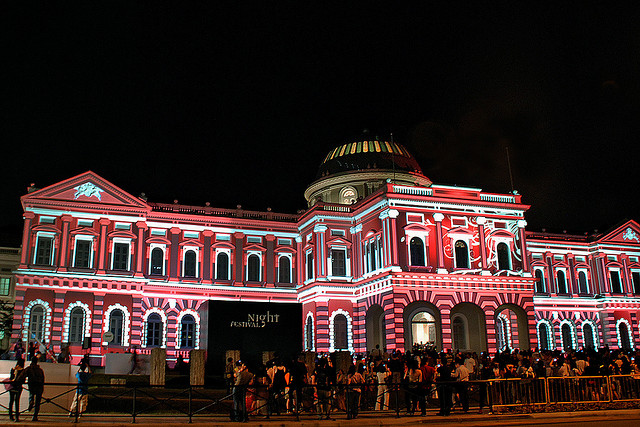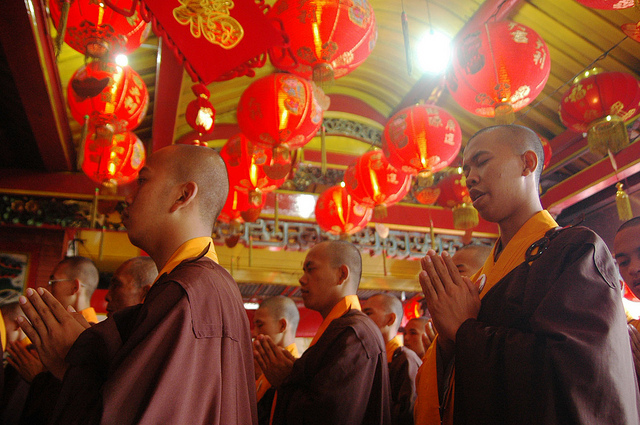The Tamil Thanksgiving of good harvests, Pongal, originated in South India, but today expands to several countries where Tamils have migrated. In Singapore, for example, it is one of the largest Hindu festivals celebrated considering the large population of Tamils. The Pongal Festival begins on the 10th Tamil month, known as Thai, which falls in mid-January every year and lasts four days. In 2017, the festival will begin on January 14th, ending on January 17th. This time marks the end of winter and beginning of spring.
Not only is Pongal a holiday, but also a rice dish made sweet or spicy with milk in a claypot. It goes without saying that this dish is cooked to celebrate the harvest (in the sweet version). Pongal literally means ‘to boil over’ so when the rice is being cooked Tamils allow the pot to boil over as a sign of fortune and prosperity.
The four days of the Pongal Festival are full of traditional events. The first day, known as Bhogi Pongal, is spent cleaning out old possessions to welcome in the new. The highly anticipated and most important second day is when Pongal is prepared in new pots as an offering to the Gods in exchange for their blessings. Many visit friends and family on this day called Surya Pongal. During Mattu Pongal or the third day, homage is paid to cattle for ploughing the fields and providing milk. This is done by pampering the animal with baths, decorations, garlands and paint (on their horns). On the fourth day, Kaanum Pongal, younger members of Hindu families pay respect to their elders. Throughout each day, Hindu temples conduct special prayers and offers of Pongal.
While nothing comes close to the real event in South India, the festivities in Little India of Singapore are worth checking out especially the cooking competition among 20 families. Hindu temples throughout the city become alive during Pongal with festive sounds of drums, bells, shells, and clarinets. On top of that, an entertaining market is created on Campbell Lane near Serangoon Road, where handicrafts are sold and cultural performances are held. By witnessing several rituals and customs, visitors of Little India can expect to gain a better understanding of Tamil culture.





